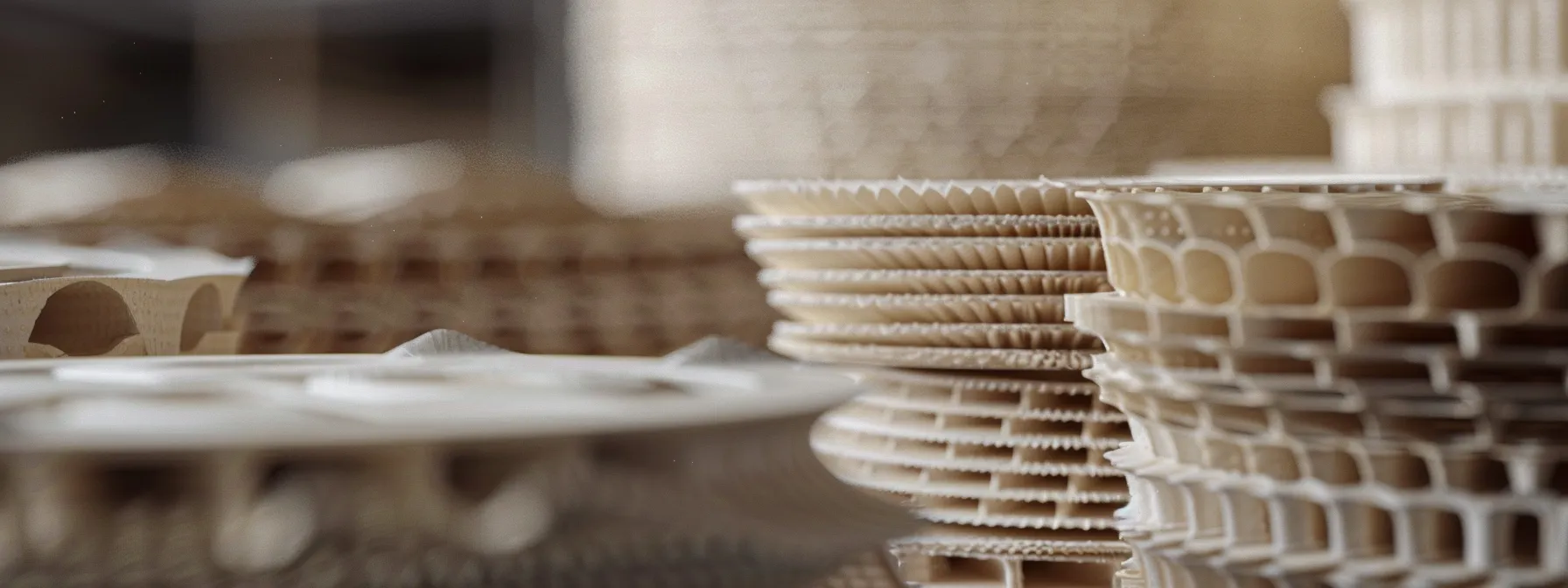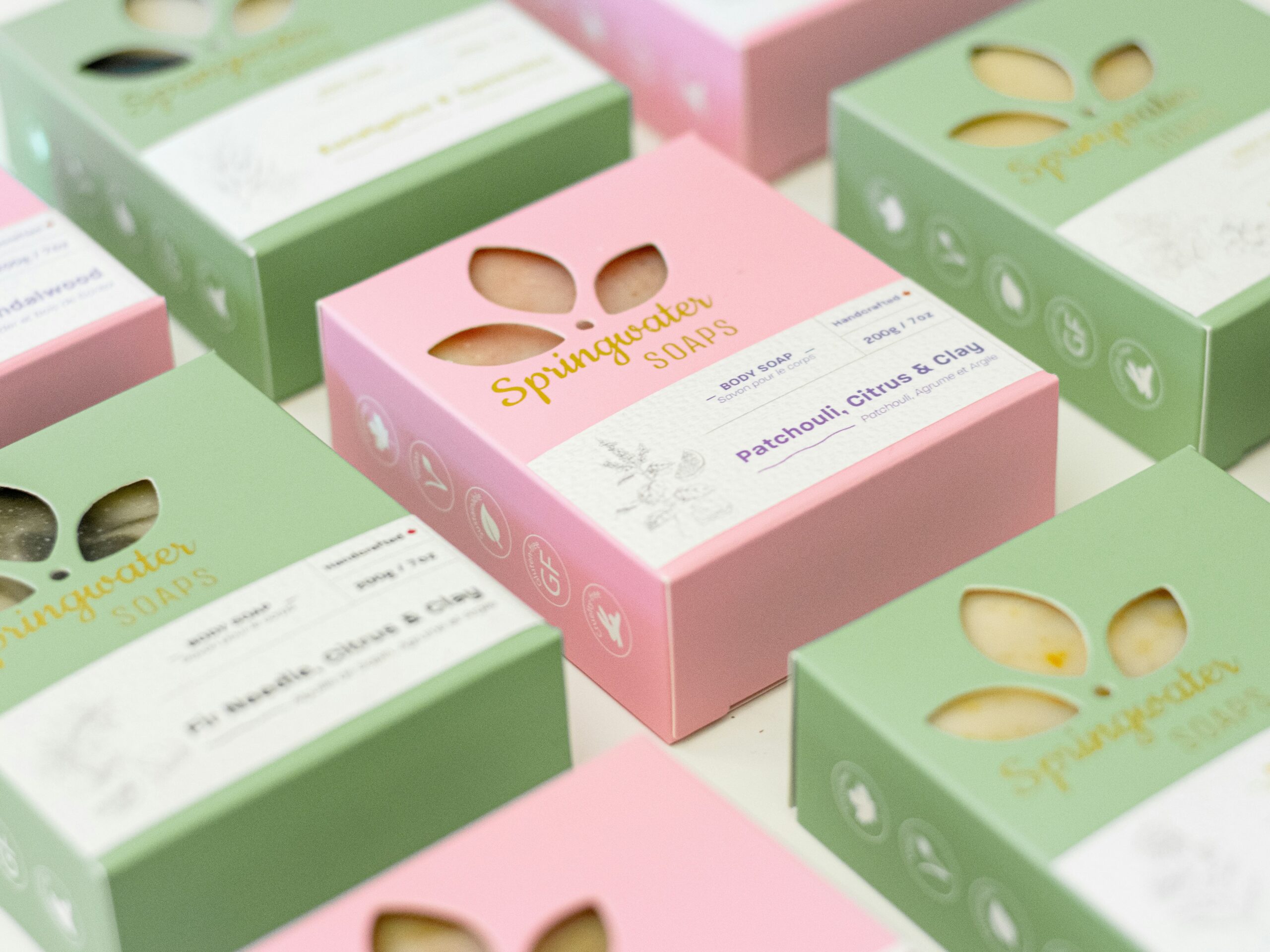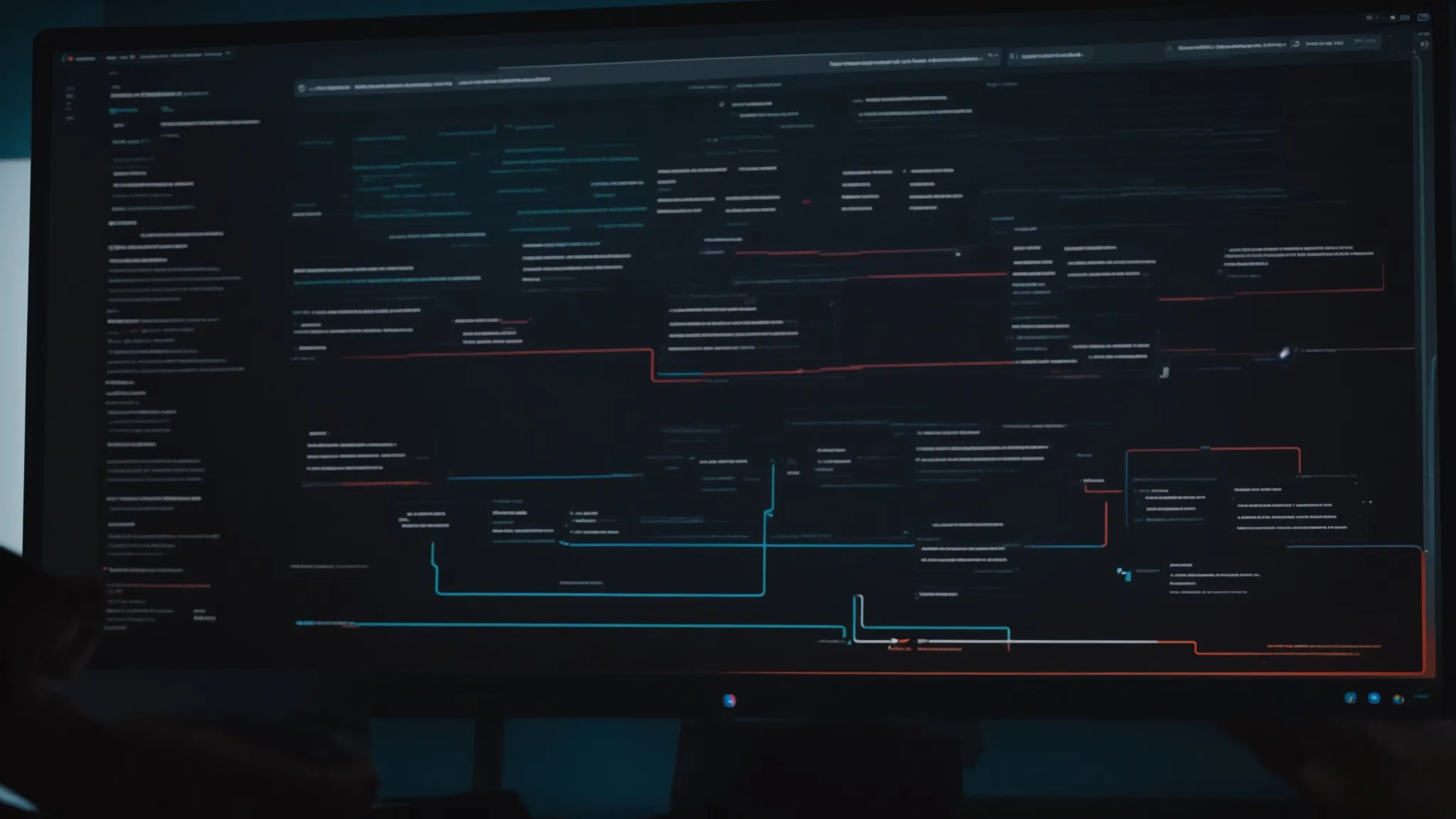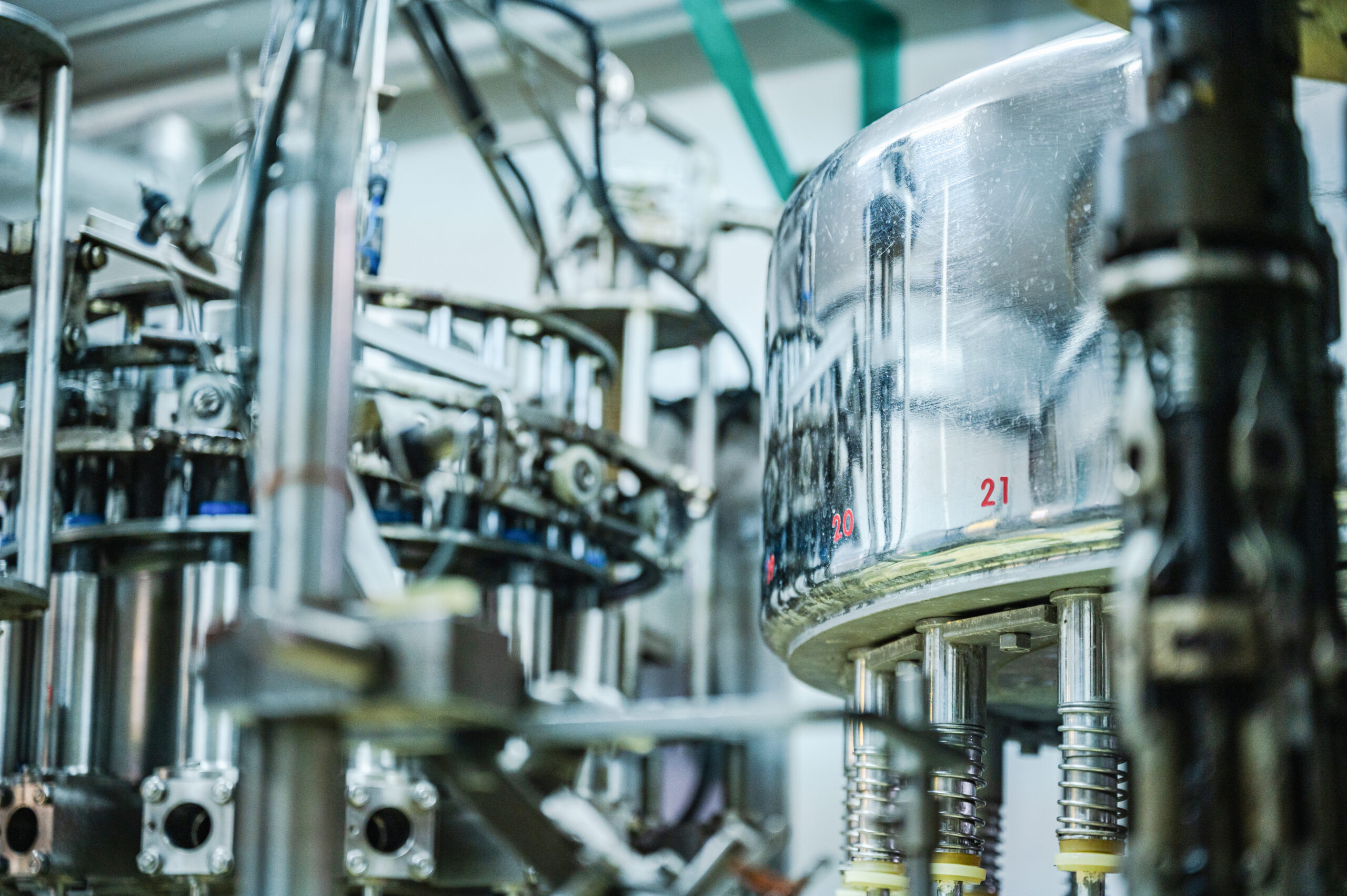What Makes Certain Packaging Sustainable?
When we consider the environmental footprint of products, we often look past the lifecycle of packaging materials. Sustainable packaging solutions are becoming increasingly vital as we strive to reduce waste, save energy, and minimize our impact on the planet. These eco-friendly alternatives are designed to be safe and beneficial throughout their entire life cycle, from production to disposal. Understanding the key elements that make packaging sustainable is essential for businesses and consumers alike who are looking to make responsible choices. Keep reading to discover what characteristics define sustainable packaging, from the materials used to the design and beyond.
Understanding the Principles of Sustainable Packaging

Sustainable packaging is a sustainable approach that considers the entire packaging lifecycle, sourcing materials responsibly, reducing resource use, and ensuring efficient manufacturing processes. It aims to minimize environmental impact while providing adequate protection and functionality for the product.
Sustainable packaging should maximize the use of renewable or recycled materials, such as bamboo or corn-based plastics. It should be effective and fit for purpose, avoiding over-packaging while maintaining product standards. End-of-life treatment is crucial, with packaging designed for recyclability, compostability, or reuse, and clear disposal instructions. Companies should also consider transport efficiency, optimizing shape and weight to reduce energy requirements.
Materials Matter: Biodegradable and Recyclable Options
Packaging materials play a crucial role in sustainability. Biodegradable materials like plant-based plastics and paper reduce long-term waste but require proper processing. Recyclable materials like glass, metal, and certain plastics conserve resources and energy, reducing the need for virgin materials. Recycling systems vary, and not all materials are treated equally.
Sustainable packaging choices must align with recycling capabilities in the selling area. The efficacy of biodegradable and recyclable materials depends on appropriate end-of-life handling. Consumers and waste management facilities must properly sort and process these materials. Innovations like plastic pipe end caps contribute to the circular economy by responsibly managing the end-of-life phase of products.
Lifecycle Analysis: The Journey of Sustainable Packaging
Lifecycle analysis is a crucial tool for evaluating the environmental impact of packaging, considering all stages of its life from extraction to disposal. It helps designers and companies understand the full scope of their packaging’s effects and make informed decisions. Lifecycle analysis can reveal hidden environmental costs associated with different packaging options, such as lightweight plastic bags’ non-biodegradability during manufacturing and transportation.
It also highlights opportunities for improvement, such as composting or recycling facilities, and potential reductions in material use without compromising packaging quality. Regular lifecycle analyses help businesses benchmark their progress towards sustainability goals and make necessary adjustments, promoting transparency and continuous improvement.
Innovation in Design for Sustainability

Innovative design is key to sustainable packaging, focusing on reducing waste and promoting recycling. By eliminating excess materials and using simple, recyclable components—like single-type plastics—designers help streamline end-of-life processing. Thoughtful touches, such as compact forms or reusable elements like plastic pipe end caps, extend product utility and reduce landfill waste.
Companies are also tapping into technology and material science to boost eco-friendly packaging. From data tracking to smarter resource use, these tools help minimize environmental impact throughout the supply chain, making sustainability a practical part of the design process.
The Role of Consumer Behavior and Market Trends in Driving Sustainable Packaging Choices
Consumer behavior significantly influences the adoption of sustainable packaging, as individuals become more environmentally conscious and seek products that align with their values. This shift in consumer demand encourages companies to prioritize sustainability in their offerings, gaining a competitive advantage and building loyalty among consumers.
Consumer education is crucial in this transition, as it informs buyers about the benefits of sustainable packaging and proper disposal practices. Governments and industry regulators also play a role in shaping consumer behavior by implementing policies that incentivize sustainable practices and penalize waste. The collective actions of consumers, businesses, and policymakers are essential in establishing sustainable packaging as the standard across industries.
Overall, the journey towards sustainable packaging involves a multifaceted approach, blending the use of eco-friendly materials, innovative design, lifecycle analysis, and consumer engagement. As market trends shift towards eco-consciousness, companies and consumers together drive the transition to more sustainable packaging solutions. By prioritizing these factors, we can work towards a present and future where environmental stewardship is an integral part of every product we consume.







